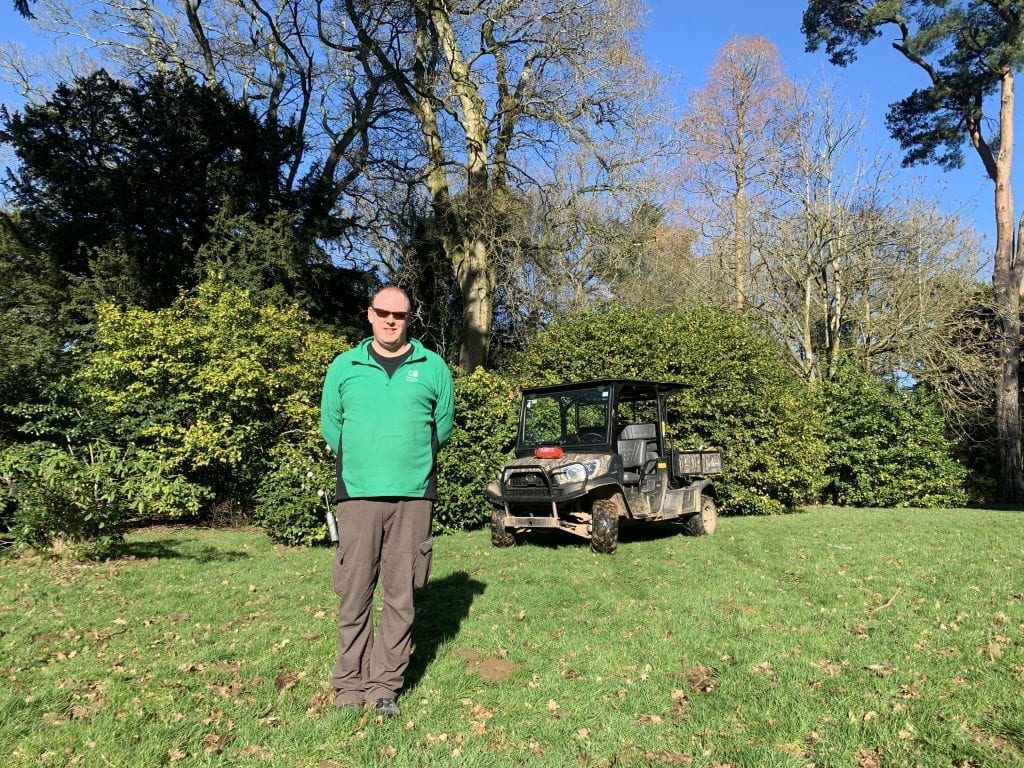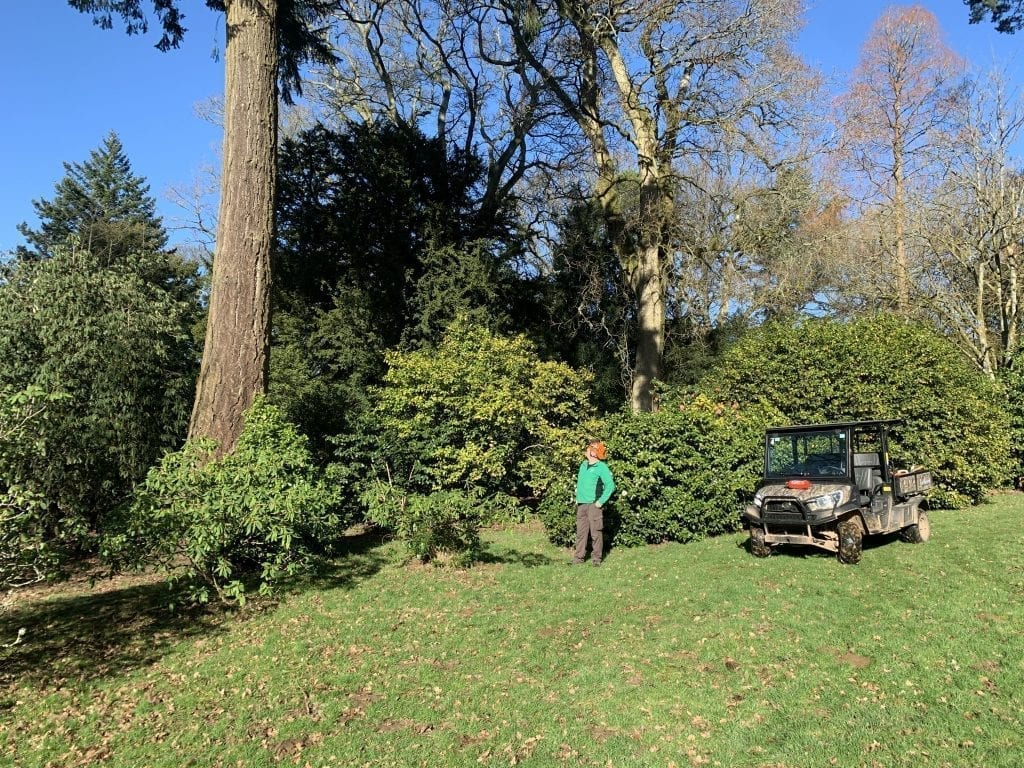
Getting around amongst the trees
Keeping Britain’s best known arboretum at it’s glorious peak is a task that requires a lot of hard work, a big helping of arboricultural knowledge – and the support of machinery that can cope with sometimes difficult ground conditions.
If you are one of the over 500,000 people who visit each year, you may well have come across the busy little fleet of Kubota RTV utility vehicles that serve Forestry England’s need to move staff and tools around 600 acres of glorious woodlands and grasslands just outside Tetbury in Gloucestershire. Often, the RTVs are running with ease on gravel paths but they also have to be able to cope with rough ground and with surface conditions that may become very soft.
Their role also typically includes hauling trailers loaded with up to 960 kilos of timber that is being cleared, or maybe mulch for new planting schemes. It adds up to a busy existence for the RTVs according to Andrew Jane who, as Operations & Compliance Support Officer, is the man responsible for identifying the equipment needed by Westonbirt’s seven-strong team of arborists.
“They are used pretty well every day – it’s rare for one of them to be sitting in the garage,” he says. “We have other vehicles for pulling equipment like chippers, but the RTVs are the base of everything really. We couldn’t do our work without them so they put in some serious hours. We find the build quality and the design very good. They do get bashed around sometimes because the ground can be quite rough and wet in places so that’s where the four-wheel drive is essential.”

Westonbirt has a utility fleet of six Kubotas – five of them RTV-1140s (of which two have the new X prefix). While a 24.8hp diesel engine delivers the power and acceleration that are needed, the 1140 is also strong on traction and on hill climbing. Perhaps the biggest plus lies in its versatility; while it can carry up to four, it also converts very quickly to a full flat-bed cargo capacity. A standard hydraulic bed-lift makes short work of dumping tasks, with standard two-inch hitch receivers at the front and back for towing.
Says Andrew: “We have had RTVs for maybe ten years now and were using 900s until about five years ago when we decided that four seats were better than two.”
The routine is a busy one for the arborist team at Westonbirt, which also gets involved in some of the arboretum’s popular events such as the the illuminated ‘Enchanted Christmas’ and concerts. In addition to work on the trees, there is grass cutting eight months of the year plus regular planting and spraying.
The management disciplines are tight ones and are built around dividing the site into 60 different sections, each ranging from a few hundred up to several thousand trees. The sections are colour coded and divided into different parcels with the aim of ensuring that each tree is visited every five years. Unestablished plants have an additional annual spring check.
The enemy of the moment is ash die back disease, which has caused a lot of damage amongst specimen trees. “It’s been quite devastating and has necessitated a lot of work to ensure that it doesn’t spread,” says Andrew.
Westonbirt represents one of the most beautiful and important plant collections in the world. With 15,000 specimens, and 2,500 species of tree plus 17 miles of marked paths, it plays a vital part in research and conservation, as well as being a stunningly beautiful place to visit and explore rare, interesting and beautiful plants from the furthest corners of the globe. During challenging recent times the appeal of Westonbirt and its beautiful treescape has never been more important for all those who have been able to visit in safety.